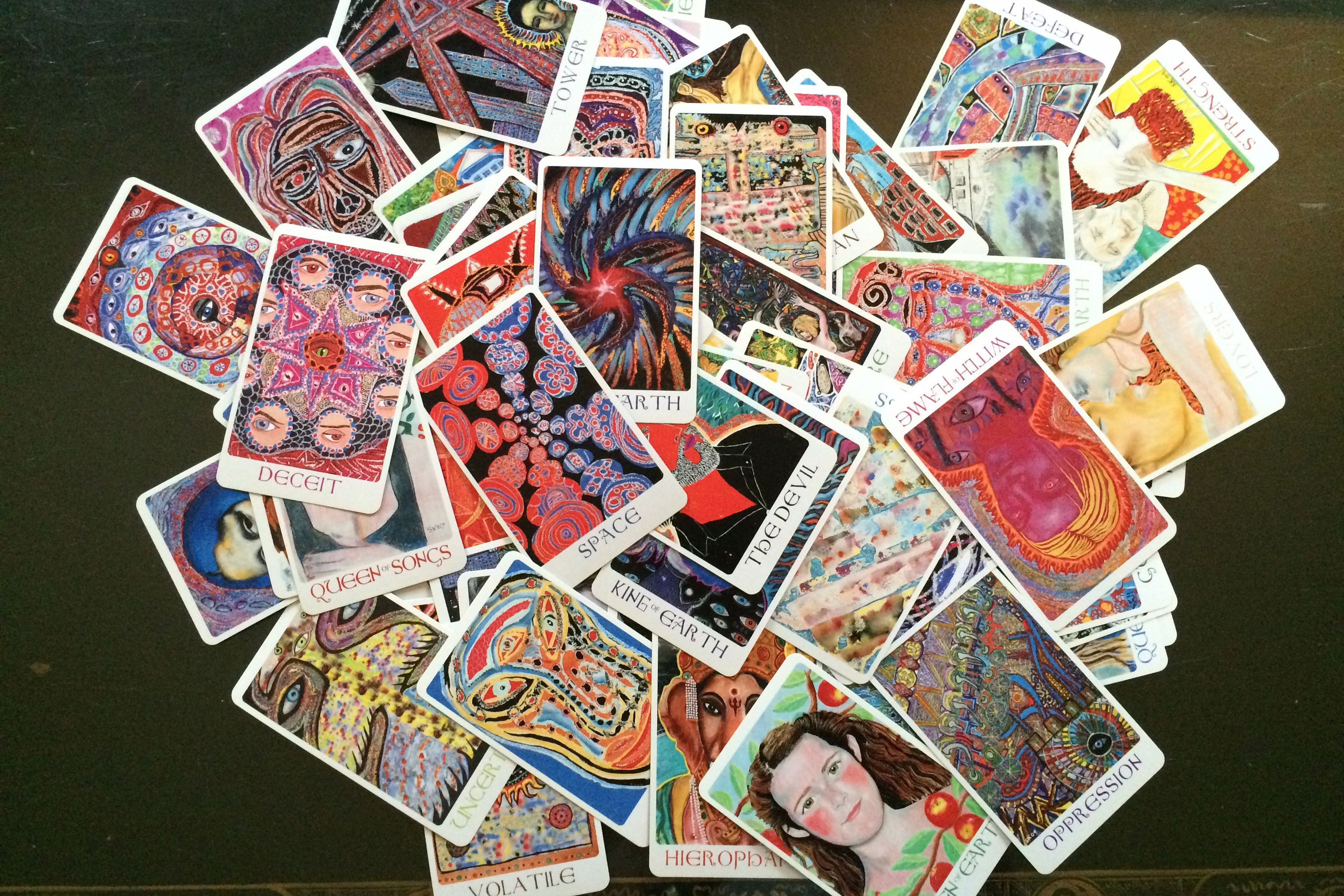King Of Songs: Steve Kilbey’s Tarot Deck
The Church frontman details how he came to create a new deck with the help of a fan
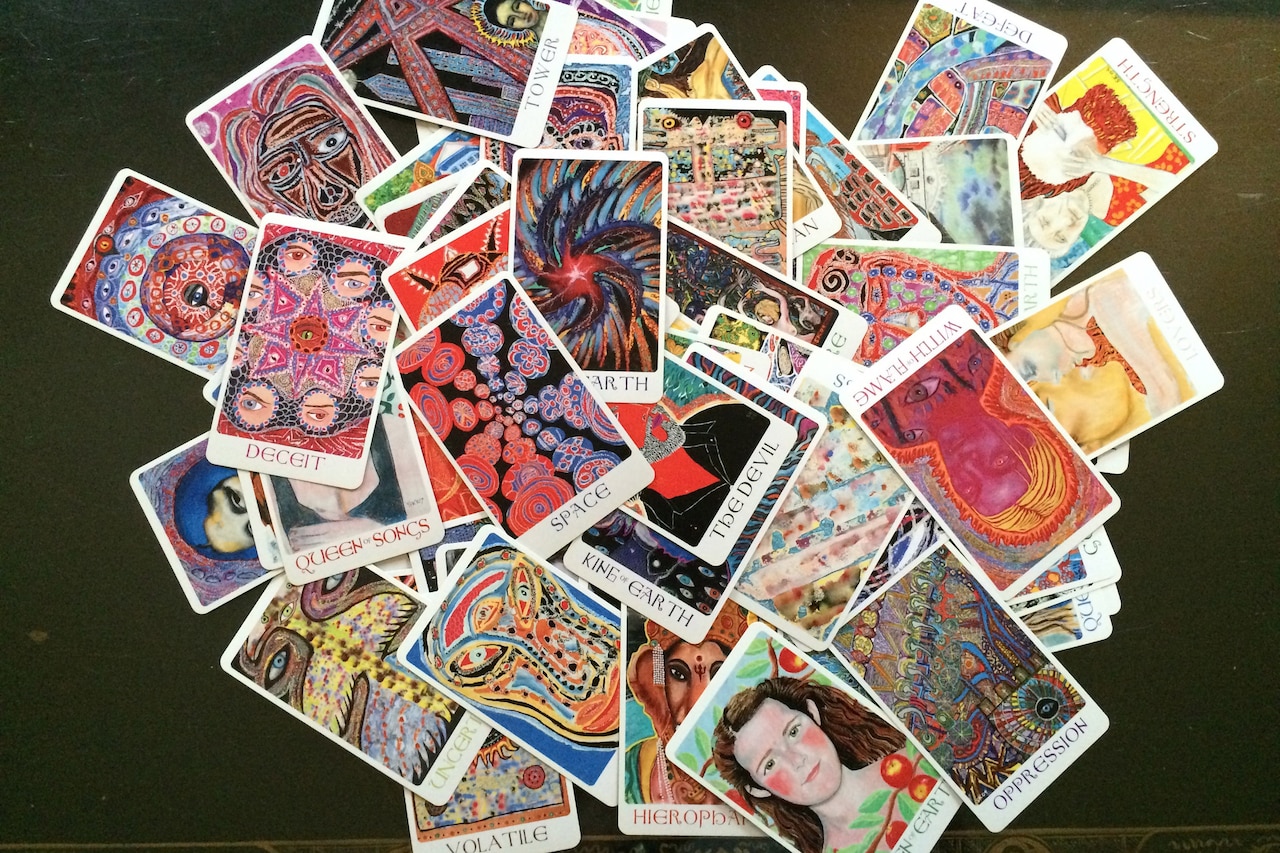
Mark E. Merrill lives in White River Junction, Vermont, and he’s been a diehard Church fan since 1988. MEM – as he’s known – distinctly remembers meeting The Church’s frontman Steve Kilbey in 2002 when the band’s After Everything Now This tour rolled into Boston, Massachusetts. Kilbey’s recollection is far less clear. “Sometimes when you’re in a band and you’ve toured America for 30 years, there’s people you can’t figure out how you actually started knowing them in the first place.”
MEM has nonetheless come to be one of Kilbey’s trusted critics. “There’s 20 or 30 people that have been there forever, having opinions about what I do,” explains Kilbey. “Sometimes they’re bold enough to say stuff like, ‘Look, I think you’re making a bit of a mistake,’ and you can rely on them. MEM’s like that with me, very honest.” And, now, he’s become a collaborator as well, helping to bring to life The Tarot Of The Time Being, a multi-dimensional project that acts as a “recontextualisation” of Kilbey’s work to date.
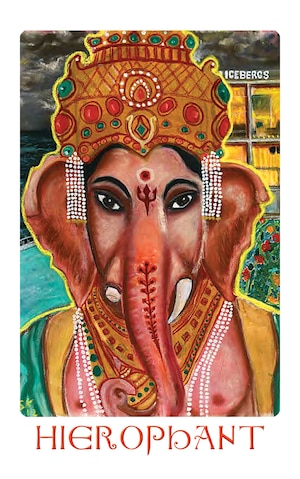

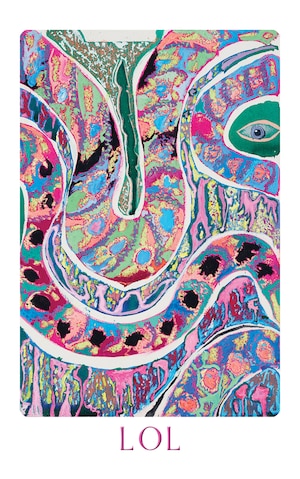
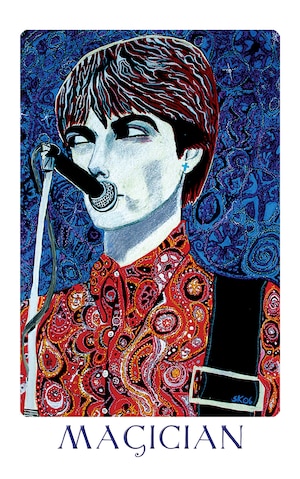
The Tarot deck showcases Kilbey’s paintings. And, if you look up each card in the accompanying book (written by MEM under the alias K.P. Buk), you’re also met by one of Kilbey’s lyrics, drawn from both The Church and solo songs, to be considered alongside a brief explanation of the card’s meaning.
The Tarot is something that’s always mutable, always changing.
It’s not a traditional deck. “MEM’s put in these strange, almost joke cards that are good to throw the potential occultist off the trail,” says Kilbey. Cards like “LOL” and “Muxing” represent the Seven Of Wands and Four of Cups. And the suits are envisioned anew – Flames, Songs, Spirits and Earth, replace the traditional Wands, Cups, Swords, and Pentacles respectively. There’s even a mysterious 79th card; not listed in the guidebook, you’ll have to find it for yourself.
As to why they’ve made modifications to such a time-honoured tradition, MEM says that if you “talk to anyone who has been doing Tarot since they were young, you’ll realise that it becomes less about mysticism and is simply a tool. It works as a set of flashcards, having a conversation with one another. And if you can make the tool better, you’re certainly going to do so. Part of the Tarot is that wonderful journey of being able to form it and to shape it. The Tarot is something that’s always mutable, always changing.”
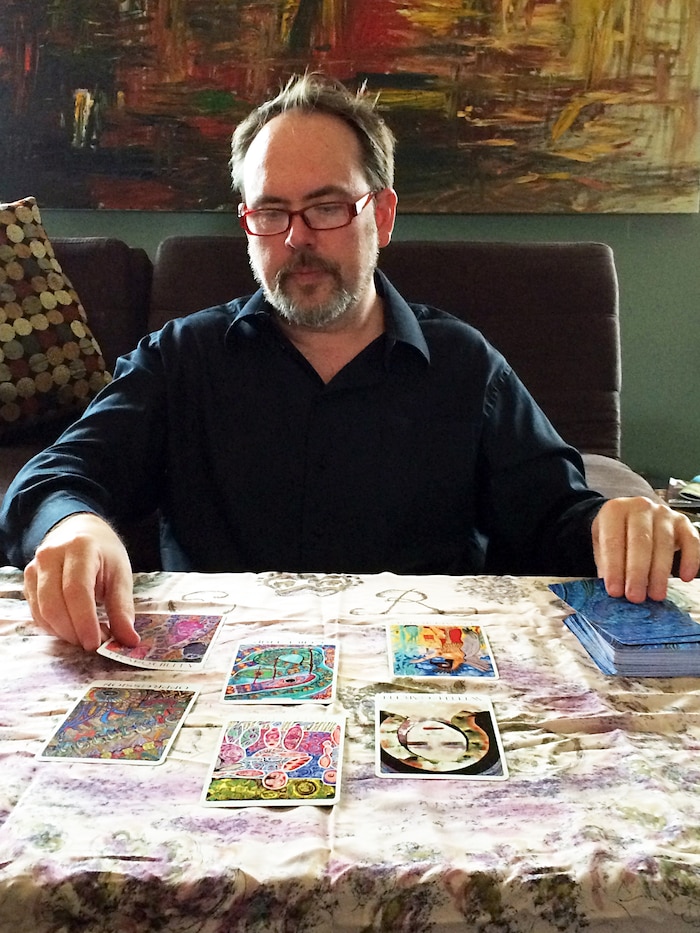
True to the ambiguities surrounding Tarot itself, neither Kilbey nor MEM can exactly recall the details that first led them to embark on this enterprise. Kilbey: “It started as just a rumor, a hint, a mention, an inkling, and has picked up momentum over the years until lo and behold a few years back, proto-Tarot decks would arrive in the mail and I’d go ‘Wow! This is really turning into something.’” MEM puts their first conversation about the Tarot in general at around 2003, right after Steve took up painting. MEM: “The conversation went something like ‘MEM, do you have any ideas of what I could paint?’ And I said, ‘Oh yes, look at the Tarot. There’s a source of inspiration.’”
We’re in this paradox here where the guy who’s the major source behind the whole damn thing knows very little about the subject.
Circa 2007, after all Steve’s paintings had been archived on his blog, The Time Being, MEM was flipping through SK’s artwork and it hit him that “a deck was already there.” The idea to create one, though, wasn’t a consideration back then. “Around [The Church’s] Untitled #23, I asked him to collaborate on an album, doing music together, and I don’t even play music,” laughs MEM. “His response was, ‘Well what’s going on with the Tarot?’ It was then that I made the connection that this might be something we could work on together.”
The deck wouldn’t exist without either party. “Strangely enough, we’re in this paradox here where the guy who’s the major source behind the whole damn thing knows very little about the subject,” admits Kilbey. “There’s emotional resonances achieved and MEM has to take the credit for those as much as me. Because in this case, the recontextualisation is everything. It’s almost beyond the source matter. It’s him saying ‘by taking this picture, by taking this lyric, by calling it this and then writing this little guide to it,’ you get this whole other spectrum of meaning. Without him there’s no fucking Tarot deck, just like without me there isn’t. I give a lot of credence to his recontextualisation, which never would’ve occurred to me. I never would’ve dreamt up having Tarot cards or putting all these elements together like this.”
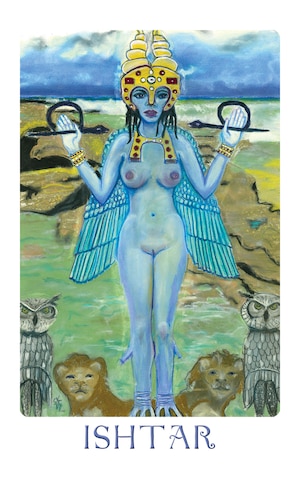
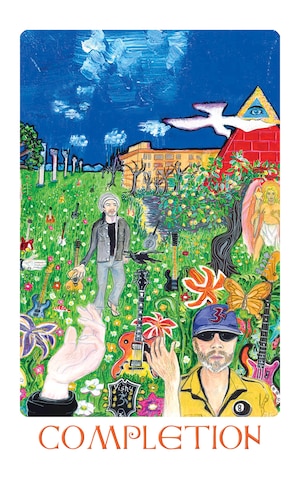
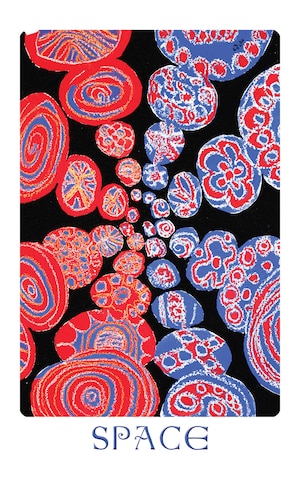
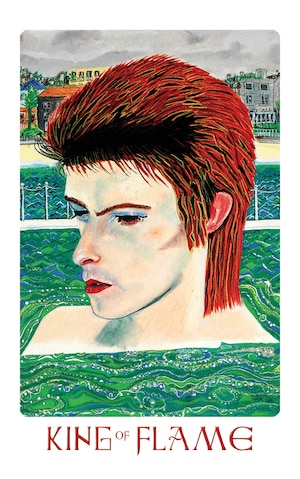
MEM, however, questions this. “I’ve always had the sneaking suspicion that Kilbey has had more of a hand in this than he leads you to believe. He claims he doesn’t have any really solid idea of what the Tarot is, but then you listen to some of his lyrics and see his paintings it’s always felt like…yes, maybe these things are down to chance but perhaps Steve does have more of an overall idea than he lets on. That’s just my hunch.”
Kilbey agrees that his songs lend themselves to such analysis. “I find myself referring to dice a lot in my songs – rolling dice, the snakes and ladders nature of life, the Tarot cards, the paintings, it’s all like bits in a puzzle. Like Tarot cards, I reckon songwriting is a sort of therapy. It does all kind of things, actually. Someone told me the other day that I’m too weak and soft to get anything together in the real world, but I get it all together in songs. That’s why I write so many songs,” Kilbey laughs. “Because in them I can reconcile everything. I’m pleased to be in this Tarot deck in different aspects of myself as you go through life. MEM didn’t have to have any of my own self-portraits in there. So I was pretty happy to see myself being a few different characters in the deck, playing a few different parts. If you can get enough distance, it’s interesting to stand back and look at all these aspects and parts you’ve played in your life as you move through it: You’re a fool and you’re a king, you’re a clown and you’re a hierophant, you’re the Moon and sometimes you’re the fucking Jack of Hearts.”
As for his history with Tarot, Kilbey does admit to having a few readings over the years. “They all said I would live for a long time and make a lot of money,” he laughs. “Though quite a few years ago when my teenage kids were a lot smaller, they bought me a Tarot deck for my birthday. One of the girls pulled out the first card and it was the Death card. She started to freak out and the Tarot deck got banned after that. It brought on some real anxiety.” When I remind him that the Death card often simply represents change, Kilbey counters. “You know what? You tell that to a hysterical seven year-old girl with an imagination who has just pulled that card out from all the other cards.”
A Second Edition of The Tarot Of The Time Being, with a new Foreword by Donnette Thayer (Game Theory/Hex), is available at The Church merchandise stand on their latest tour or by emailing MEM at tarotofthetimebeing@gmail.com.
